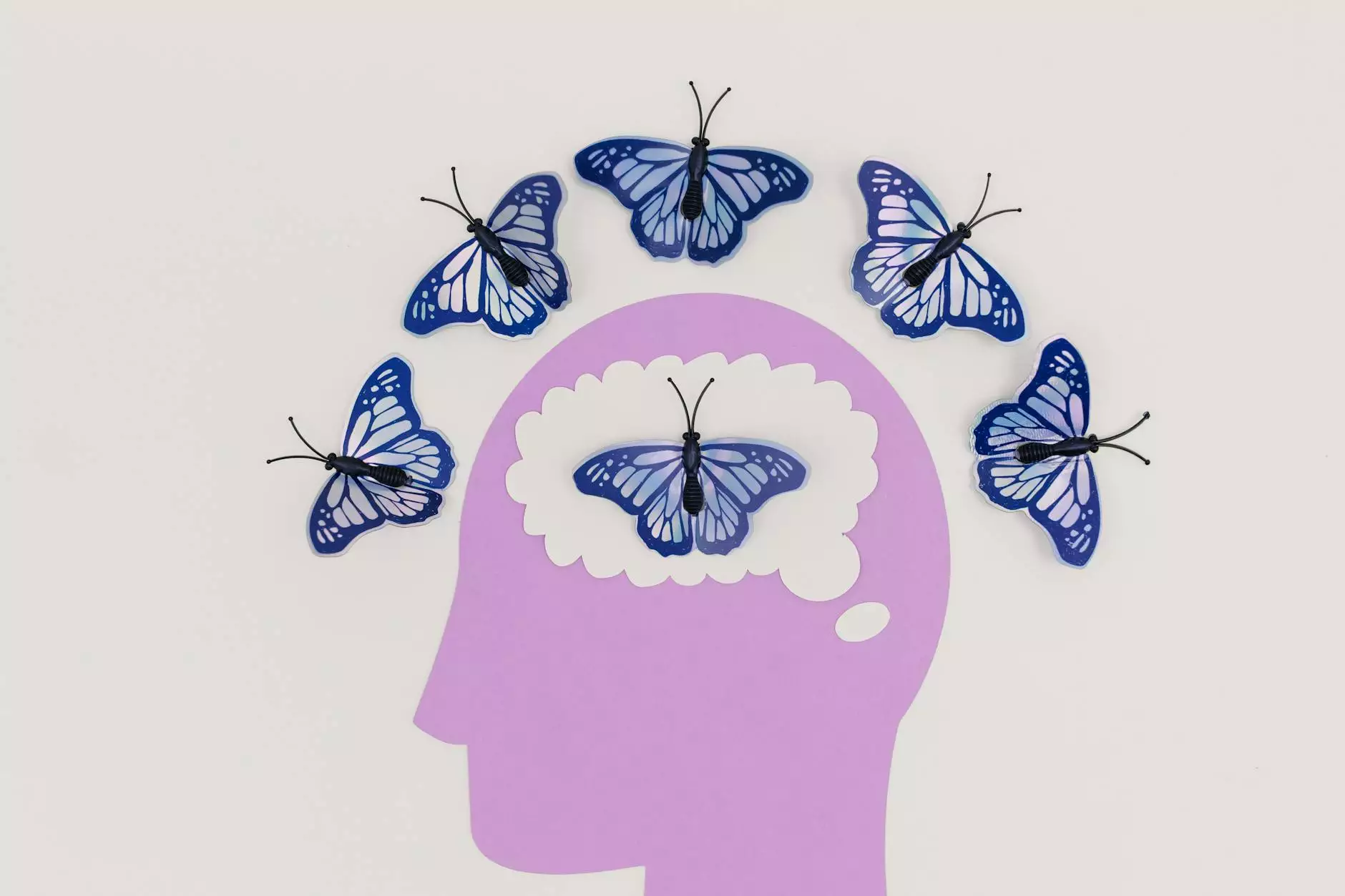What Does Blood Clot Mean? A Comprehensive Guide

Understanding blood clots is crucial for both medical professionals and the general public. Blood clots play a significant role in our body’s healing mechanisms, but when they occur improperly, they can lead to severe health issues. This article delves into what blood clots are, how they form, their implications for health, and ways to prevent complications, particularly within the context of vascular medicine.
Defining Blood Clots
A blood clot, or thrombus, is a gel-like collection of blood cells, platelets, and other substances. It forms as a natural response to bleeding and serves to stop blood loss and initiate the healing process. While clots are necessary for wound healing, they can become dangerous if they form inappropriately within blood vessels.
How Do Blood Clots Form?
Blood clotting, or coagulation, occurs through a complex process involving several components:
- Platelets: Small cell fragments that gather at the site of a blood vessel injury.
- Coagulation Factors: Proteins in the blood that work together to form a supportive mesh around the platelets.
- Fibrin: A protein that weaves through the platelets, solidifying the clot.
The process begins when a blood vessel is injured, triggering platelets to adhere to the exposed site. They release chemical signals that recruit more platelets and activate coagulation factors, ultimately forming a stable blood clot that seals the wound.
Types of Blood Clots
Understanding the different types of blood clots can help us grasp their potential implications for health:
1. Deep Vein Thrombosis (DVT)
DVT occurs when a blood clot forms in a deep vein, usually in the legs. This type can be particularly dangerous because it may lead to a pulmonary embolism.
2. Pulmonary Embolism (PE)
A PE occurs when a clot breaks loose and travels to the lungs, blocking a blood vessel. This condition can be life-threatening and requires immediate medical attention.
3. Arterial Thrombosis
This type of clot occurs in an artery, often leading to conditions such as heart attacks or strokes when blood flow is significantly obstructed.
Signs and Symptoms of Blood Clots
Recognizing the signs of a blood clot is essential for timely intervention. Here are some common symptoms associated with different types of clots:
For DVT:
- Swelling: Noticeable swelling in one leg.
- Pain: Pain or tenderness, often described as a cramp.
- Skin Changes: Changes in color (red or blue) or temperature.
For PE:
- Shortness of Breath: Sudden difficulty in breathing.
- Chest Pain: Sharp pain that may worsen with deep breaths.
- Coughing: Often accompanied by blood-tinged sputum.
Risk Factors for Developing Blood Clots
Understanding the risk factors associated with blood clots is vital for prevention. Some of the most common risk factors include:
1. Immobility
Long periods of immobility, such as during long flights or bed rest after surgery, can significantly increase risk.
2. Medical Conditions
- Heart Disease: Conditions affecting the heart can disrupt blood flow.
- Cancer: Certain cancers and their treatments can promote clot formation.
3. Hormonal Factors
Hormonal changes from pregnancy, birth control pills, or hormone replacement therapy can increase the likelihood of developing clots.
Complications Associated with Blood Clots
Blood clots can lead to several severe complications if left untreated:
1. Pulmonary Embolism
This is the most severe complication, requiring urgent medical intervention to prevent fatality.
2. Post-Thrombotic Syndrome
Individuals who have had DVT may experience chronic pain and swelling in the affected limb due to damage to the vein.
3. Stroke and Heart Attack
Clots in the arteries can lead to life-threatening conditions such as strokes and heart attacks, often necessitating emergency care.
Diagnosing Blood Clots
Diagnosis involves a thorough evaluation of symptoms, medical history, and various imaging techniques:
- D-dimer Test: Measures the presence of a substance that indicates clot formation and breakdown.
- Ultrasound: A non-invasive test that uses sound waves to visualize clots in veins.
- CT or MRI Scans: Imaging methods that can help visualize clots in more complex cases.
Treatment Options for Blood Clots
Treatment for blood clots is essential to prevent complications. Depending on the type and severity, options may include:
1. Anticoagulants
These medications, commonly known as blood thinners, reduce the blood's ability to clot, preventing further clot formation.
2. Thrombolytics
Medications that actively dissolve clots, used in emergency situations such as PE or severe DVT.
3. Compression Stockings
These can help increase blood flow in the legs and reduce swelling after DVT.
Preventing Blood Clots
Taking proactive steps can significantly decrease the likelihood of developing blood clots:
- Stay Active: Regular physical activity promotes healthy circulation.
- Hydration: Staying well-hydrated helps maintain proper blood viscosity.
- Avoid Smoking: Smoking is a significant risk factor for clot formation.
- Elevate Your Legs: If sitting for long periods, elevate your legs to improve circulation.
Consulting Vascular Specialists
If you have concerns about blood clots or are experiencing symptoms, it’s critical to consult with healthcare professionals. The experts at Truffles Vein Specialists are trained in diagnosing and treating vascular conditions, ensuring you receive the best care available for your health.
Conclusion
In summary, understanding what blood clot means is crucial not only for those at risk but also for anyone who values their health. Being informed about the formation, risks, symptoms, and prevention strategies can empower individuals to take charge of their vascular health. Remember, early detection and treatment are key to reducing the risk of serious complications associated with blood clots. Always seek professional medical advice if you suspect a clot or if you have risk factors that concern you. Your health is worth it!
what does blood clot mean








